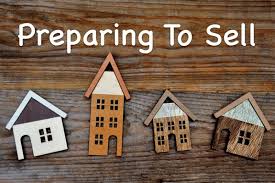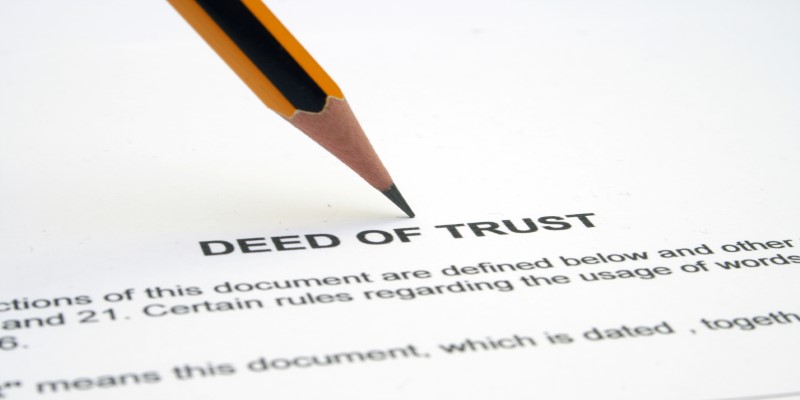Selling a house is more than putting a sign in the yard and hoping for the best. Buyers form opinions fast—often in the first few minutes—so the way your home looks, feels, and even smells can play a big part in whether they make an offer or move on. But before you start stressing about big budgets and renovations, know this: preparing your house for sale is really about showing off its potential, not turning it into something it’s not. And the good news? Most of what helps doesn’t cost a fortune.
Let’s get into what really matters—and how you can make your place stand out for all the right reasons.
How to Get Your House Ready to Sell

Step 1: Clear Out the Clutter
You may love your bookshelf full of novels, your fridge magnets from every vacation, and that basket of throw blankets, but buyers don’t need to see your personality. They need to see the space.
Start with the surfaces. Counters, shelves, coffee tables—wipe them clean of everything that doesn’t have to be there. Your goal is to make the rooms feel larger, cleaner, and more open. And don’t forget about closets. People will open them. If they’re crammed full, it gives the impression your house doesn’t have enough storage.
This is also a great time to start boxing up anything you can live without for a few weeks. Think of it as getting a head start on packing. Fewer things = more space = better first impression.
Step 2: Deep Clean Like You Mean It
Yes, it’s time to scrub. And not just your usual quick vacuum and wipe-down. Think of it more like: if someone walked through with a white glove, would they find anything?
What needs your attention:
- Baseboards
- Inside appliances (yes, especially the oven)
- Grout lines in the bathroom
- Light switches and doorknobs
- Ceiling fans
- Windows (inside and out)
Smell matters, too. A clean home should smell neutral—not like bleach, not like food, and definitely not like pets. If you’re used to the way your house smells, ask a friend to come over and tell you honestly. Scented candles and plug-ins can make it worse, not better, so go for a good old-fashioned airing out and maybe a few open bowls of baking soda in trouble spots.
Step 3: Fix the Easy Stuff
Here’s the thing: buyers see a broken doorknob or a dripping faucet and wonder what else is wrong. Even tiny issues can make people nervous.
Take a slow walk through your house, room by room, and make a list of anything that needs a little love. Replace burnt-out bulbs. Tighten loose handles. Patch up nail holes in the walls. If you’ve got cabinet doors that don’t close quite right or a leaky shower head, now’s the time.
Don't start a kitchen remodel two weeks before listing your home; avoid going overboard. Just take care of the little things that signal, "This house has been well cared for." Because that's what people want to see.
Step 4: Style It Like a Pro
No, this doesn’t mean hiring someone to come in and stage your home with fancy furniture. It means using what you already have—but using it differently. Think balance, simplicity, and warmth.
Start with furniture layout. The goal is to show off the size of the room and how people might use it. Too many pieces? Take a few out. Floating furniture slightly off the walls can make a room feel more polished and refined.
Next, think about color. If your walls are bold or dark, it might be time for a fresh coat of paint in something more neutral. You want buyers to feel like they could move right in—not like they’ll have to paint every room first.
Add the right touches. A few throw pillows on the couch. A clean set of towels in the bathroom. A simple vase with fresh flowers or greenery on the kitchen table. These things don’t cost much, but they help people picture the home as a calm, comfortable place to be.
Outside counts, too. Your front yard is the very first impression. Mow the lawn, sweep the walkway, and put out a new doormat. If the door’s looking tired, a fresh coat of paint (especially in a deep, classic color) can do wonders.
Step 5: Gather Important Documents
There’s a good chance buyers—or their agents—will ask questions you can’t answer off the top of your head. When was the roof replaced? Any warranties on the furnace? Is there a survey of the property lines? Instead of scrambling later, get ahead of it now.

Start pulling together anything that proves you've kept the place in good shape. This includes service records for your HVAC system, receipts for any upgrades or repairs, appliance manuals, and permits for any major work you've done. If you have a recent inspection report from a past project, even better.
It’s not just about paperwork. It’s about giving buyers confidence. When you hand over a neat folder with everything they need, it tells them this is a house that’s been taken care of—one they can feel good about buying.
Wrapping It Up
Getting your house ready to sell isn’t about hiding flaws or turning it into something it’s not. It’s about showing it at its best—clean, welcoming, and ready for someone new to imagine their life there. Take it step by step, and don’t get overwhelmed. Clear the clutter, clean with care, fix the small things, and style with intention. And then? Take a breath. You've done your part. Now, let the buyers see what you already know: it's a great place to call home.












